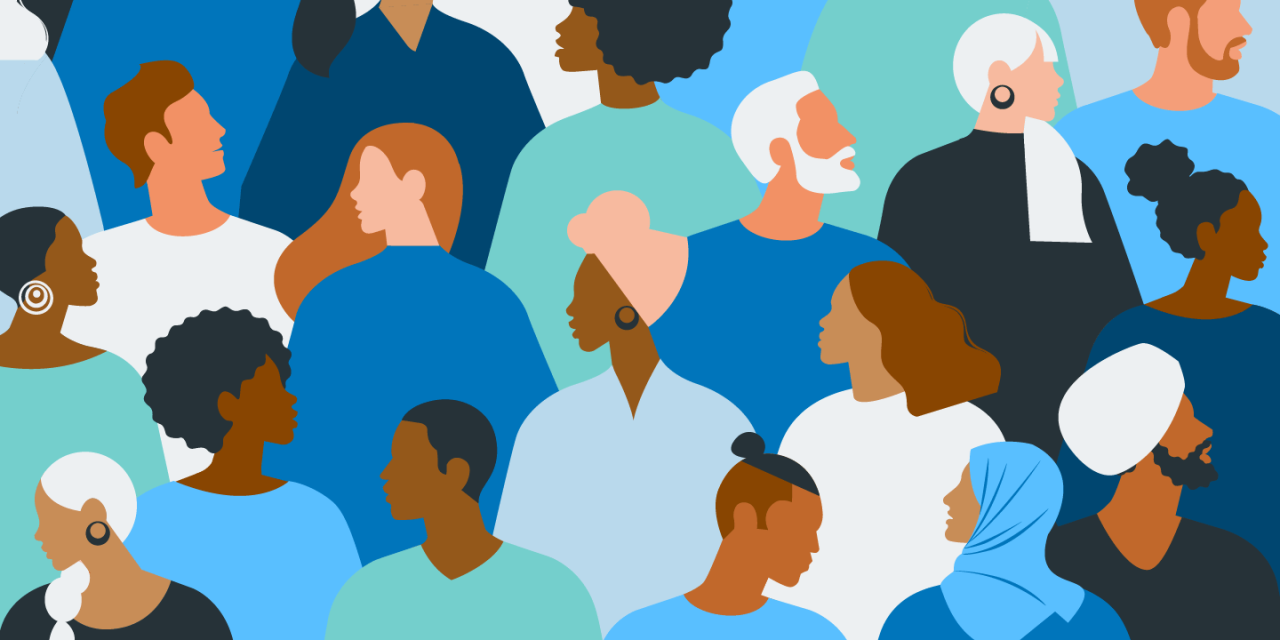For many patients living with Ehlers-Danlos syndromes (EDS) and hypermobility spectrum disorders (HSD), explaining your condition to friends, family, or a medical provider can seem overwhelming. While it is normal to feel nervous in situations that require advocacy for yourself or others, using educational resources like the EDS Society and the experiences of others can help build your confidence.
Self-advocacy can be daunting and a frustrating facet of living with any chronic illness. Much work remains in the process of raising EDS/HSD awareness. Many people you encounter (not to mention clinicians) may know little or nothing about these conditions. Resources like support groups, family members, friends or other EDS advocacy groups can help.
Explaining your diagnosis to medical providers can add an additional anxiety to self-advocacy. However, verifying that providers are aware of your diagnosis is essential in assuring that you receive appropriate care. Special considerations are often required for surgical procedures involving patients with EDS.
Peer support groups can be a useful source in your advocacy journey. The experiences of other people living with EDS/HSD can be a helpful starting point in telling your own story. The process of advocating and raising awareness for chronic illnesses is collaborative; don’t be afraid to reach out to people with experience.
A wide range of information discussing HSD and EDS exists today, with more research underway. Accessing educational resources and scientific literature can be helpful for family and friends as well. Don’t hesitate to refer to the Mayo Clinic Connect EDS Blog!
Author: Evan A. Old
 Connect
Connect

 Connect
Connect
Thank you for this article.
Pre-diagnosis, I was telling my teenaged son that he needed to get off of the couch and work and/or go to post-secondary school. It was only when he finally got a diagnosis in the U.S. (we live in Canada) that we could rebuild our relationship. If only I had known what he was going through. He did try telling me but I just couldn’t understand. He probably couldn’t either. Thanks to Dr. Knight and the Mayo Clinic, he is learning to live a fulfilling life and we could not be more grateful. Pain management, diet and exercise are daily challenges, but with the progress being made we are hopeful. He has found a way to make money from home that he enjoys, which is much needed for his weekly physiotherapy and expensive organic and gluten free food.
Thanks for reading.
-
 Like
Like -
 Helpful
Helpful -
 Hug
Hug
8 ReactionsI have it, and I think both sons do. It is difficult to answer all the questions about why you are not doing more.
-
 Like
Like -
 Helpful
Helpful -
 Hug
Hug
1 ReactionI found out I had this after a hand surgery which left me with complex regional pain syndrome. CRPS often goes hand in hand (sorry for the pun) with EDS. It left me with contractures and poor mobility in my wrist. The PA who assisted with my surgery said they’ve never seen connective tissue such as mine. He said it was stretchy and completely different from normal tissue. What he didn’t know was that I had EDS!
It took me some time to delve into the research and when I stumbled upon an EDS article I could check every box. I am in my fifties and for the life of me I could never figure out why I had so much pain. Even my mother used say that, as a child, I always said I was in pain! I started having back problems in my teens, had an umbilical hernia after childbirth and have always dealt with strange symptoms. I was a cyclist for years and that probably helped significantly to support the joints. Now, I can’t even cycle. Swimming in a warm therapy pool seems to help tremendously.
Because my CRPS had spread, I decided to try ketamine infusions. I had five four hour long infusions(I was put to sleep) right in a row. It was whacky but it helped! What I noticed was that it took my hip, ankle and knee pain away. It didn’t take the pain away completely but I could walk for several miles without the pain screaming at me. Ketamine isn’t the easiest thing to get through but it worked and I am scheduled for more pain infusions this week. I think ketamine, from what I’ve read, is being looked at more and more for those with chronic pain. It would be nice if the insurance companies would accept the treatments for those with these chronic conditions.
-
 Like
Like -
 Helpful
Helpful -
 Hug
Hug
1 Reaction